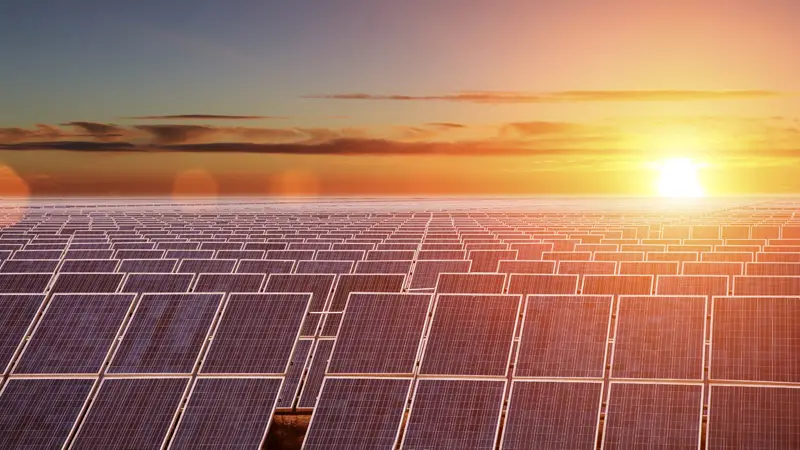The 1.3 GW Upper Calliope Solar Farm is a flagship renewable energy development in Queensland led by European Energy. Once operational, it will be the largest solar project undertaken by the company in Australia and is expected to generate enough clean electricity to meet about 5% of Queensland’s total demand.
The project is central to several major clean energy partnerships. It has a green power purchase agreement (PPA) with Rio Tinto, which will see its output supply the Boyne Island aluminium smelter, helping to decarbonise one of the country’s largest industrial energy users. In addition, Amazon Web Services (AWS) has partnered with European Energy to source renewable electricity from Upper Calliope and other solar farms in Queensland and Victoria, supporting AWS’s A$20 billion investment in Australian cloud. Across the globe power hungry Data Centers are moving towards renewable energy solutions.
Reported in January 2024 – Plans are underway for the construction of the largest solar power plant in Australia. The project is currently in the approval stage with the construction works expected to begin between 2025 and 2026.
Dubbed Upper Calliope Solar Power Plant, the Australia’s largest solar power plant will be built and operated by European Energy, a company founded back in 2004 to create energy independence across Europe.
It will occupy 2400 hectares of land or its thereabouts approximately 50 kilometres southwest of Gladstone, a coastal city in the Gladstone Region, Queensland. According to plans, 1/3 of the project site will be occupied by solar panels while 2/3 will be grazed.
Upon completion, in 12 to 24 months from the day it breaks grounds, Upper Calliope Solar Power Plant will have an installed capacity of 1300MW and an annual production capacity of 2.8 TWh / year. The electricity generated by the Australia’s largest solar power plant is reportedly enough to meet approximately 5% of Queensland’s current demand.
Regarding its connectivity to the national grid, European Energy said that the facility is in close proximity to Powerlink’s 275kV network. Moreover, it is near the Calliope Renewable Energy Zone identified by the Queensland Government.
Power purchase agreement signed for Upper Calliope Solar Poer Plant

Pending the projects approval, a new power purchase agreement (PPA) has been signed between the developer and Rio Tinto Group. The latter is a British-Australian multinational company and one of the world’s largest metals and mining corporations.
According to the agreement, Rio Tinto will buy all the electricity generated from the 1.1GW Upper Calliope Solar Farm for a period of 25 years. This electricity will be used to power the company’s Gladstone operations.
The PPA marks another step towards Rio Tinto’s climate goal of cutting its global Scope 1 & 2 carbon emissions this decade by half. On its own, the Australia’s largest solar power plant has the potential to lower Rio Tinto’s operating carbon emissions by 1.8 million tonnes per year.
Reportedly, if combined with more renewable power and suitable firming, transmission and industrial policy, the agreement could also provide the core of a solution to repower Rio Tinto’s three Gladstone production assets. The assets in question are the Boyne aluminum smelter, the Yarwun alumina refinery and the Queensland Alumina refinery.
The first successful applicant for Rio Tinto’s request for proposals for renewable power
According to reports, Rio Tinto is seeking up to 4 GW of renewable energy to power and guarantee the future of its three main assets in Queensland. All the three assets are currently supplied by coal, given that the Queensland grid is the most coal-dependent in Australia. There are plans, however, to make the grid 80 per cent renewable by 2035.
Nonetheless, Rio Tinto believes that it can only remain competitive with low-cost renewables. As a result, the group made a request for proposals for renewable power and firming projects in Central and Southern Queensland. Upper Calliope Solar Poer Plant is the first successful applicant.
Also Read
EnergyConnect Powers On: New Transmission Backbone Nears Completion Across Australia
Progress Made in Australia’s First Commercial Concentrated VS1 Solar Power facility
World’s largest solar farm, 10GW, to be constructed in Australia

